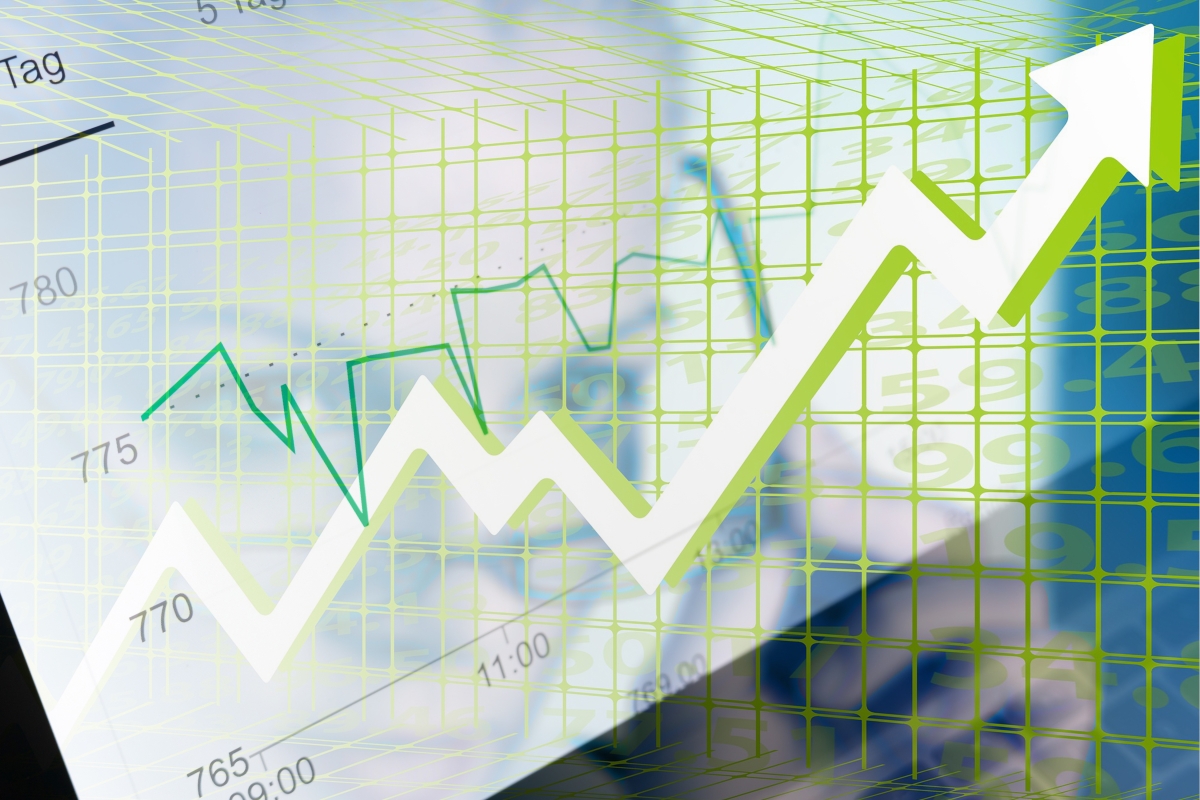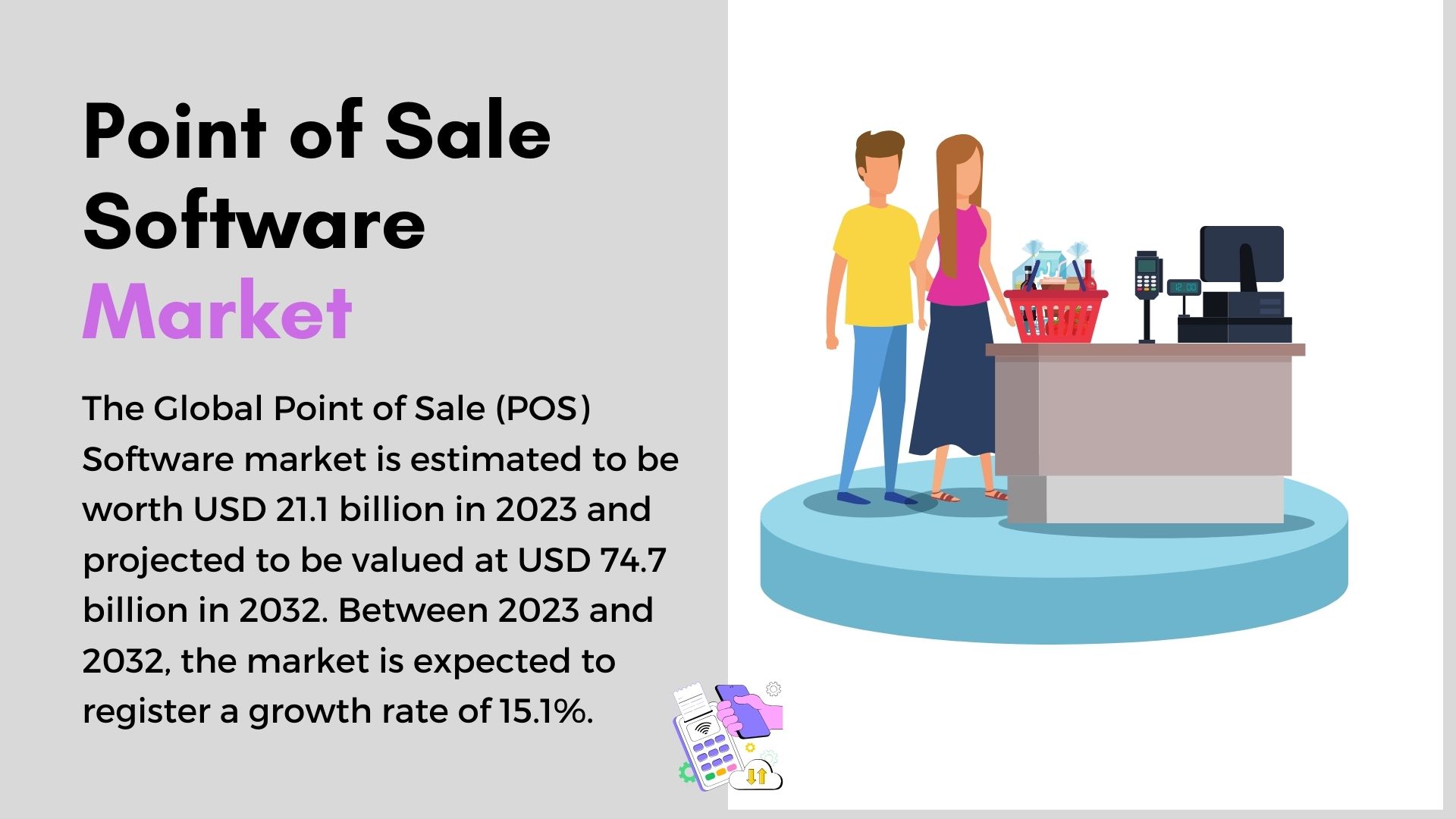Digital Banking Statistics: Digital banking trends have been growing at a greater pace towards digitalization. With the growth of digital banking, customers have found a more convenient way of bill payment, fund transfer, shopping online, and making deposits from the comforts of their homes. Digital banking offers the utmost safety to its users. In the last year, many people in the Us have opted for digital banking services. All types of digital banking tools have been on the rise. However, the growth of digital banking has concurred with a drop in the prevalence of traditional banking. Here we will discuss some most vital digital banking statistics that will offer a well-versed insight into this popular mode of banking.
Important Digital Banking Statistics
- As per the digital banking statistics, the market for digital banking was estimated to grow up to $4.3 billion in 2021.
- India records the highest number of digital transactions worldwide.
- Around 66% of traditional banking users in the US are satisfied with their banking services.
- Nearly 88% of people who use online-only banks are content with their banking services.
- People in the US have around 5.3 accounts on average in financial institutions.
- Nearly 216.8 million people are going to use digital banking services in the United States by 2025.
- The count of digital banking users is expected to reach 3.6 billion globally by 2024.
- 94% of mobile banking users use digital banking tools once a month.
- The use of catboats will help the banking sector save around $7.3 billion in customer support expenditure by 2023.
- Nearly 5% of people in the US have no bank accounts.
- Nearly 65.3% of bank account holders in the US use digital banking to manage their accounts.
- 25% of people like to visit bank branches instead of using digital banking.
- Around 39% of people utilize banking apps as their primary banking routine.
- 82% of people do not want to switch their banks because of the digital banking service.
- Financial institutions across the globe suffer a loss of over $1 trillion as the rate of cybercrimes is rising each year.
- About 80% of financial institutions in the US began providing digital banking services by 2006.
- The first digital-only bank came into existence in 1995.
General Digital Banking Statistics
#1. More than 80% of users have said that they have not switched their banks due to the digital banking platforms
The latest digital banking statistics reveal that digital banking services can support banks’ customer retention. Financial sectors can enhance their user base by improving their online banking tools. Banking experts claim that banks that offer first-rate digital banking services have an advantage in bringing in new consumers.
#2. Nearly 216.8 million people are going to use digital banking services in the United States by 2025
The count of digital banking users is slowly increasing in the US, which shows that the rate of digital banking adoption as well is rising every year.
#3. The usage of chatbots can save around $7.3 billion for financial institutions in customer support costs
Although customer contentment with artificial intelligence-based customer service might need some expansions, the global digital banking industry can save a large sum of money using chatbots.
#4. 65.3% of bank account holders in the US use digital or online banking to manage their accounts
The usage of digital banking is quite widespread in the United States.

(Source: Safeatlast)
#5. In 1995, Security First Network Bank came into existence as the first fully-functional digitalized bank
The first fully digital bank in the US did not have any branch offices. Fully digitalized banks usually provide greater interest rates to their clients and low service costs.
#6. Digital banking stats show that digital banks can offer 1 to 2% higher APY as compared to traditional financial institutions
Digital financial institutions have higher yearly%age yields as they offer reduced costs.
#7. The 2021 digital banking stats show that India tops the chart in the world in the number of real-time online transactions
India has reported around 48 billion real-time online transactions in the last year followed by China, the US, Canada, the UK, France, and Germany.
#8. Bank of America was the first financial institution in the United States that acquired more than 3 million digital banking users in 2001
Around two decades ago, digital banking consumers contributed to only 20% of its entire consumer base.
#9. The Far East and China accounts for around 800 million digital banking users in the year 2020
Experts predict that there will be nearly 1 billion digital banking consumers in these areas by 2024.

(Source: Statista)
#10. Digital banking stats show that financial institutions started their trials with digital banking in the 1980s.
#11. Stanford Federal Credit Union started providing digital banking services to its customers in 1994.
#12. Around 48.5% of baby boomers have been using digital banking services.
#13. Since 2018, the number of digital banking users has shot up by 4%.
Traditional & Digital Banking Statistics
#14. The count of digital banking users is estimated to grow up to 3.6 billion by 2024
It shows that a large portion of the world’s population will be having access to digital banking tools and services. This progress shows that there might be a better framework of digital banking and stress-free availability of online tools in low-income nations as well in the future.
#15. As per a survey conducted in the US, only 20% of people visit the branch office of their banks
This survey reveals that only 20% of consumers go to branch offices of their banks rather they prefer handling their accounts through digital banking.
#16. Young consumers more often prefer using digital banking services as compared to older consumers
Around 30% of old customers who are not older than 54 years prefer using mobile payment apps such as Apple pay and Venmo at least once a week. While only 12% of customers who are above 54 years of age use digital banking services.
#17. As per the 2020 digital banking stats, the total branch sum of the US financial industry dropped by more than 1500 within a year
It shows the potential of digital banking services.
#18. The COVID-19 crisis played a major role in the implementation of digital banking
A survey showed that nearly 63% of people living in the United States admitted that they were more interested in trying the latest digital banking apps during the pandemic. While 80% of people told that they did not pay a visit to branch offices of their banks due to the fear of contracting the virus.
#19. The United States is expected to see around 216.8 million digital banking users by 2025
The latest digital banking statistics indicate that the count of digital banking users will keep rising in the forthcoming years. Experts say that the sum of functions executed on digital banking apps as well will grow as financial institutions are all set to include more features for their users.
European Digital Banking Usage Stats And Trends
#20. 68% of European consumers in the age group of 25 to 34 years use digital banking services and tools
Digital banking trends show that the use of digital banking services is relatively high among young generation users. It is clear that older users are more familiar with traditional banking and it is hard for them to change their banks.
#21. Denmark, the Netherlands, and Finland are the European Union member states with the greatest segment of digital banking users
Endorsing the advantages of digital banking and convincing people to use digital banking services have improved the implementation rate of digital banking in these EU member states.
#22. The European Union member states such as Bulgaria, Romania, Greece, and Cyprus have the lowest number of digital banking users
People from these regions prefer using traditional banking services. As per the data, National banks in these areas are not equipped enough to enhance digital banking tools and educate customers about the advantages of digital banking.
#23. The count of digital banking users in European regions increased twofold from 2007 to 2018.
Interesting Digital Banking Usage Statistics
#24. Around 39% of consumers have access to their banking apps as their primary online banking platform
Digital banking apps provide a convenient user familiarity that has resulted in an increase in the mobile banking trend.
#25. 47% of digital banking users think that deactivating card payments via a digital banking app is more convenient
Cybercriminals have been using advanced techniques to steal money and data available online, therefore, security is always a matter of concern in digital banking.
#26. 95% of people trust that their data will be safe in their banks
Most customers are content with the safety tools provided by their banks to safeguard their money and data. Users completely trust their banks as the money in their accounts is covered for up to $250000, which means that customers will be given this amount if any mishap like a security breach takes place in the bank.
#27. More than half of mobile banking customers have access to the banking app to check their account balance
#28. Nearly 48% of mobile banking consumers transfer funds using digital banking apps
#29. Mobile banking trends in the US show that there has been a constant rise in this type of service since 2011.
#30. 26% of people who use digital banking turn to their smartphones to make changes in their account details.
#31. 24% of people who use digital banking use these platforms for transferring funds internationally.
#34. Financial trade stats reveal that 70% of users want to have a digital banking service while opening an account with a bank.
#35. About 44% of digital banking customers use the toll for making payments for their bills.
#36. As per the Digital banking statistics, the count of Neobank users will grow up to 85 million in Europe by 2023.
#37. The latest US Digital banking stats indicate that there are only 7 million deposit accounts in digital financial institutions in the US.
#38. 61% of digital banking users utilize banking services at least once a week.
#39. As per a survey, nearly 20 to 25% of consumers want to open an online account but are not able to do so at their current banks.
#40. 64% of Gen Z and 57% of millennials have a bank account with a non-traditional financial institution such as neobank.
#41. People who are in the age group of 35 to 44 years are most likely to use a digital-only bank and nearly 29% of these people are more likely to have a digital-only bank as their primary account.
#42. The number of digital banking users in the US has shot from 196.8 million in 2021 to 203 million in 2022.
Digital Banking Scam Statistics
#43. The Central Bank of Bangladesh was severely hit by a cyber-heist attack in February 2016
Cybercriminals implanted malware in the system of the bank and stole around $101 million. Around a sum of $81 million has not been found yet.
#44. Globally, the average annual cost of cybercrime is nearly $18.37 million per financial institution worldwide
Conclusion
Digital banking services are going to transform the way people have been managing their finances as technology has progressed drastically in terms of security and range. As technology advances, digital banking stats as well will develop further across the globe. These digital banking statistics and trends clearly indicate that the implementation rate of digital banking is rising rapidly in the finance sector. A mix of tech progression and the COVID-19 pandemic as well has encouraged more people to switch from traditional banking to digital banking services. Finance leaders have claimed that digital-only banks as well are actuating attention in the digital banking field as they can offer the best deals to people.
Sources:
1. Bankrate
2. Finder
3. Fortunly
ABOUT AUTHOR

Barry is a lover of everything technology and finance (FinTech). Figuring out how the software works and creating content to shed more light on the value it offers users is his favorite pastime. When not evaluating apps or programs, he's busy trying out new healthy recipes, doing yoga, meditating, or taking nature walks with his little one.








